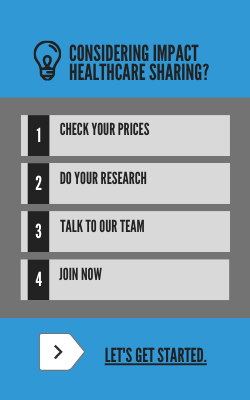-1-1.webp?width=795&height=530&name=blog%20images%20(20)-1-1.webp)
Summer is upon us, and if you and your family are anything like mine, summer means lots of time spent outdoors. And while we are all out taking in the warm summer rays, we need to remember to protect our skin and eyes from the damaging effects of the sun. July is UV (Ultraviolet) Safety Awareness Month, and what better time than now to review some tips on UV safety.
Ultraviolet (UV) radiation is a form of electromagnetic radiation that is emitted by the sun and can be damaging to skin cells and surface tissues in the eye, as well as the cornea and lens. Unprotected exposure to the sun can lead to vision problems, damage to your eyes, suppression of the immune system, premature aging of the skin, and even skin cancer. The great news is that there are several things that you can do to reduce your exposure to UV radiation, all while still enjoying being outdoors.
- UV rays are the strongest between 10 am and 4 pm. So, try to plan your outdoor activities around these times in an effort to reduce your exposure.
- Try to take advantage of the shade or provide your own when necessary. Do not let a cloudy day fool you either. UV rays can still penetrate the clouds and your skin/eyes. Go ahead and set up your picnic under a shaded tree, bring an umbrella or tent to the beach, or best of all, use a shade canopy.
- Cover up. Wide-brimmed hats can be your friend, not only does it block the sun your eyes, but it can also help keep you cool. Using a long-sleeved swimsuit top or a rash guard can help keep your arms and torso protected, bonus if the material has an Ultraviolet Protection Factor (UPF) greater than 30. Lastly, do not forget about your eyes. Grab those sunglasses that not only protect your eyes from UV radiation but looks fashionable too.
- Sunscreen, sunscreen, sunscreen. I do not think I can stress enough just how important using sunscreen can be. The U.S. Food and Drug Administration’s (FDA) recommendation is to use a broad-spectrum sunscreen, which includes protection against both Ultraviolet A (UVA) and Ultraviolet B (UVB) rays and includes a minimum Sun Protection Factor (SPF) of at least 15. You need to apply the sunscreen liberally over all uncovered areas, paying special attention to your nose, ears, neck, hands, feet, and lips. Reapply every 2 hours, more if you are swimming or sweating (see your sunscreen’s label for more detailed application instructions). An easy way for women to ensure that their face is always protected is to use a foundation with SPF. This way, you don’t have to alter your daily routine, but you are protecting your face nonetheless.
- Do not forget to keep your little one protected too. Using a spray sunscreen can be helpful for quick application. Do not forget to apply sunscreen before your kids head out to the door to school. Kids usually spend time at school outdoors, so if their school allows it, send them some sunscreen so they reapply if necessary. Get them cute character-themed sunglasses, as they are more likely to wear them if they like them.
-1.webp?width=795&height=530&name=blog%20images%20(19)-1.webp)
My most important tip of all is to enjoy your time with friends and family, all while being safe, of course. Taking these little steps can prevent serious injuries and skin cancer, so it’s well worth spending those extra few minutes ensuring that we keep our skin and eyes protected.
References
Ultraviolet (UV) Radiation (cancer.org)
Sun Safety | Skin Cancer | CDC


